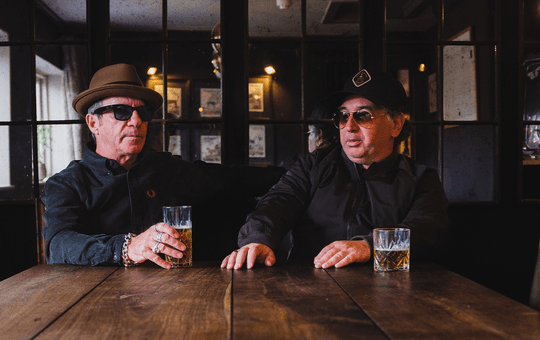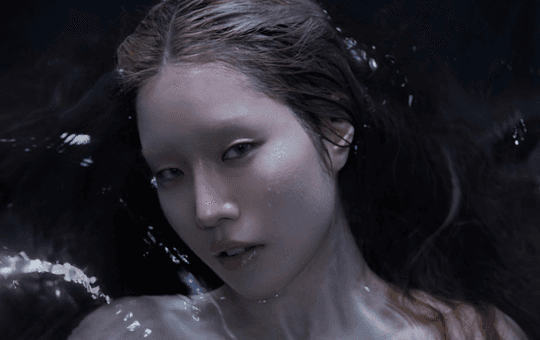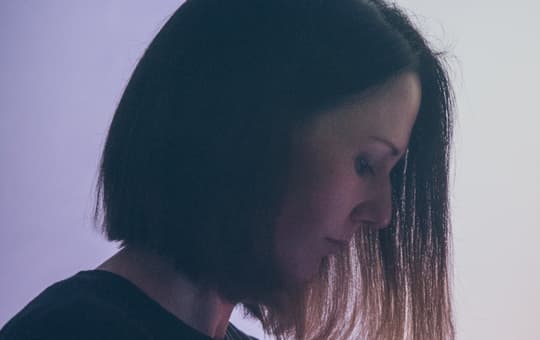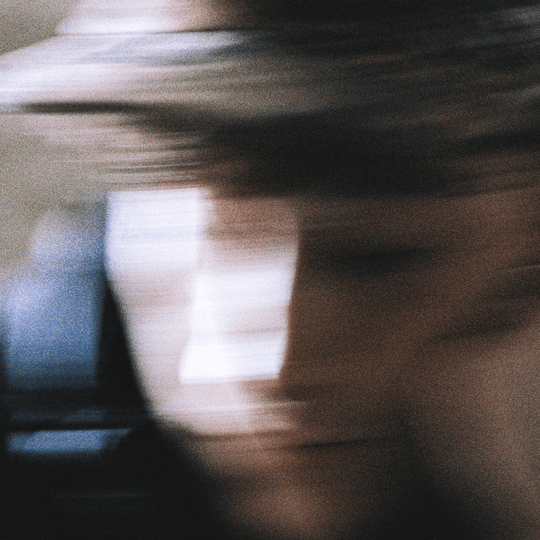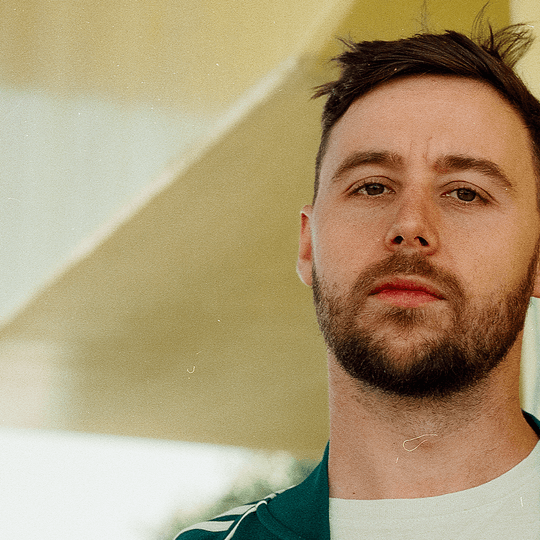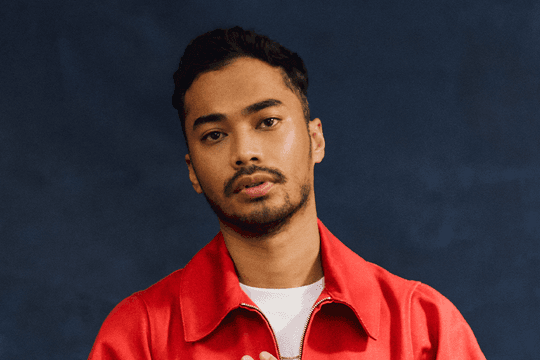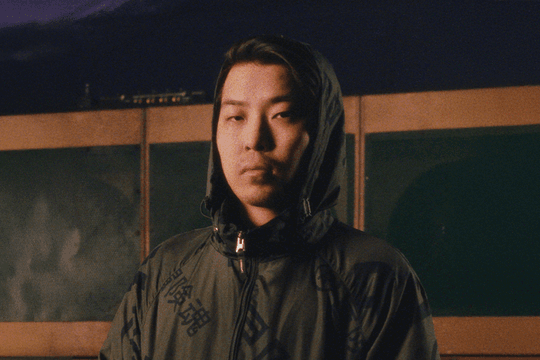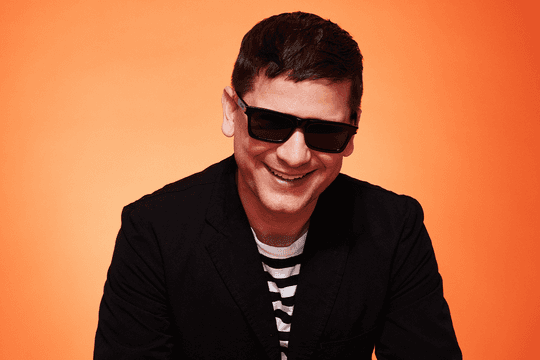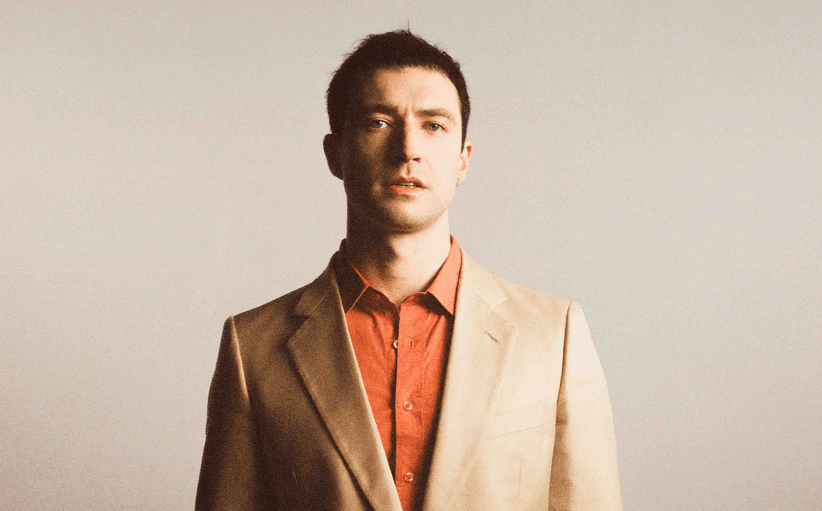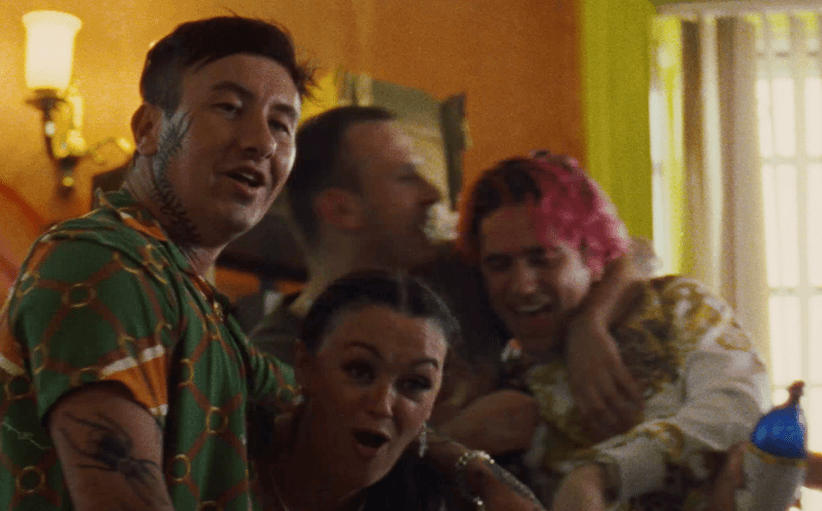Stunning pictures of where grime came from
Simon Wheatley is a documentary photographer who spent 12 years snapping grime’s gritty birthplace and the people who made some of the most thrilling music of the last decade. He’s collected them together for a new book, ‘Don’t Call Me Urban’, and you can browse some pictures below our short interview with Simon.
For me at least, grime’s beauty was how its vivacious lyrics and complete sonic abstraction mixed with its total rootedness in the everyday reality of growing up in a very particular environment, in a very particular place, at a very particular time. Wheatley’s pictures illustrate this latter side beautifully – they’re less musical hagiography (though future stars like Wiley, Dizzee, Skepta, Kano are all snapped where they live and hang), more a social document of growing up in the rough bits of London at the turn of the century. A lesser photographer, or one less committed to their subject, might have ended up with something grimmer and more sensationalist, but Don’t Call Me Urban is actually a surprisingly textured read, all in all – there’s pictures of fun, boredom, hope and everyday love, death and crime, the whole world that made grime.
Where did you study?
I’m a self-taught photographer – still learning from my mistakes. I did American and Latin American studies – mainly politics and literature – at Manchester university.
How did you get involved with photography?
Serious photography started on the streets of post-communist Eastern Europe. I was in Prague for a month, where i saw an exhibition by William Klein – his street photography from New York – which was hugely influential it was September 1994 and the first time i had no obligation to be anywhere for school or university etc so i threw my return ticket away and headed for Budapest. That was a wonderful time for me – I really needed to be alone and begin finding out who I was. University had ‘politicized’ me towards the end of my time there and Budapest was really interesting with that transition from communism to capitalism – things were a bit anarchic. It was a fantastic environment in which to begin playing with a camera and a couple of lenses.
Where did you grow up?
I was in Singapore till I was ten. Then I came to boarding school in England. So very different from those parts of inner-city London I’ve photographed!
How did ‘Don’t Call Me Urban’ come about?
Initially I was drawn to the paradox of the ‘futuristic’ architecture of late 60s and early 70s council estate architecture not having been suited to the future that had followed. A lot of it was being knocked down after only 30 years which I found interesting as a phenomenon, while, as a social documentarian, I was concerned about the dynamics of urban regeneration and the way less affluent Londoners were affected. Similarly, it’s a social conscience that leads me into hip hop, which interests me – at lease in its original form – as a descendent of jazz and the voice of marginalized black America. I saw grime very much as a social phenomenon – the fact that the first clearly music related pictures appear only on page 24 of the book reflects this. It was assignments from RWD magazine that opened up the grime world for me. The magazine’s founder and art director, Dacre Bracey, appropriately created the cover.
What’s next for you?
I’ve been in India for most of the last three years exploring my maternal ancestry and the philosophy of yoga. It’s been a period of some introspection but the publication of the London book heralds the time to move on with the lessons absorbed. I’ve put together another book based on my time in Amsterdam (1999-2003) and will hopefully release this within a year or so. The London book has pretty much sold out the first edition on the ‘underground’ release and the publisher wants to make a second one, with a view to also taking it worldwide. Above all though, I’m keen to move on from what I’ve done and create new work. I want to go beyond documentary and also explore the imagination. I’m becoming increasingly interested in the moving image as well as working conceptually. I’ll always be a documentarian but I feel this can also be limiting. Maybe it’s the yoga psychology that is pushing me to expand. Yoga is above all the search for the infinite.
What music are you listening to at the moment?
A usual eclectic mixture of things depending on the mood. Chopin is playing right now as i ease into the morning. Dylan is always around somewhere, reminding us of so many things. I’ll always resort to hip hop at some stage in the day. The new thing of late has been indian classical music.
